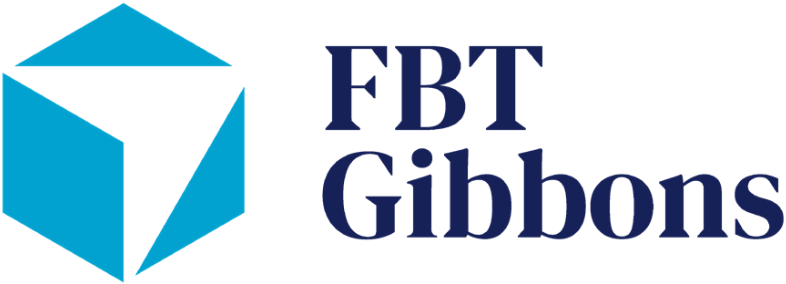On August 20, 2020, the Consumer Financial Protection Bureau (CFPB) and TD Bank, N.A. (“TD Bank”) entered a Consent Order (the “Order”) regarding TD Bank’s overdraft enrollment practices for one-time debit card and ATM transactions (the “Transactions”). The Order gives banks offering overdraft protection plans important take-aways for evaluating the enrollment process of your consumer customers when offering overdraft services, and most importantly one-time debit card and ATM transaction overdraft services.
Regulation E (12 CFR 1005), implementing the Electronic Fund Transfer Act, requires financial institutions to provide the consumer with a notice in writing, which may be presented electronically, describing the institution’s overdraft services. The notice must be segregated from all other account disclosures. The notice is to be substantially similar to the Model Consent Form for Overdraft Services (the “Notice”) found in the Appendix of Regulation E. The Notice documents the consumer’s acceptance or rejection to overdrafts that are a result of one-time debit card or ATM transactions.
How is the Notice for overdraft services presented to the consumer?
The Order states that TD Bank lacked a uniform, scripted process to explain overdraft services for the “store” (the term used by the CFPB) employees. The responsibility for scripts and talking points for overdraft services related to the Transactions was delegated to the managers of the stores. As described in the Order, scripts and talking points instructed account opening employees to describe services as “free” or a “feature” of the account and downplaying any overdraft fee aspect that may result with consent to overdraw an account as a result of the Transactions.
Financial institutions offering overdraft services should consider how these services are being presented at account opening. Does your financial institution include training on the overdraft program and options for those employees responsible for opening accounts? Does the training include talking points? Are the employees provided tools or resources, uniformly prepared, that better describe the overdraft services and the implications to the consumer of accepting, or opting in, to overdraft services as a result of a one-time debit or ATM transaction?
When is the Notice for overdraft services presented to the consumer?
The Order states that TD Bank’s process for presenting the Notice to the account opening consumer was out of compliance with the Notice requirements of Regulation E. For instance, the process of account opening at TD Bank required the account opening store employee to discuss the overdraft options and as applicable the opt-in to overdraft services for the Transactions, document the consumer’s consent in the account opening software and present the Notice with the opt-in pre-filled for the consumer to sign with all other account opening disclosures. Discrepancies in delivery of the Notice were also found with remote account opening and delivery of the Notice over the phone.
The CFPB reiterated in the Order TD Bank must provide the consumer the written Notice prior to obtaining the consumer’s consent to the Transactions that would result in an overdraft, and an overdraft fee, to the consumer’s account. The commentary to Regulation E specifically disallows a consumer’s consent when the consumer is provided a document that contains a pre-selected check box indicating acceptance of the overdraft protection for the Transactions. The process as designed and/or implemented by TD Bank presumptively failed to provide a written Notice prior to obtaining consent. As a result, the CFPB determined the consumer’s consent was void and any overdraft fee(s) charged for the Transactions was determined to be a violation of Regulation E.
Financial institutions offering overdraft services should consider the manner of presentment of the Notice to the consumer, whether at account opening or during the life of the account. Is the consumer being presented the Notice separately from other account opening documents? Does the consumer have an opportunity to review the disclosure prior to consent? If the Notice is given over the phone, is the entire Notice and only the Notice read to the consumer?
How are overdraft services marketed to your consumer customers?
The CFPB determined TD Bank’s marketing mailers contain discrepancies related to the description of the overdraft program and the result of a consumer’s opt-in to overdraft protection for the Transactions. In some instances, the specific overdraft program related to the Transactions was described as “free,” in other instances, the consent to overdraft protection for the Transactions promoted that a mortgage payment or light bill would be paid.
Financial institutions offering overdraft services should consider the manner of marketing overdraft protection plans. The marketing of overdraft protection plans is of high risk from a consumer compliance perspective. These marketing programs may include direct marketing to those consumers who have not consented to overdraft protection for the Transactions. A targeted approach such as this may result in a higher level of scrutiny from your regulatory authority. Are your tools and checklists current that assist your Marketing department to create compliant messaging? Are additional checks and balances in place with the use of the word “free” in the marketing of any product or services?
For more information, contact the authors or any attorney with Frost Brown Todd’s Consumer Financial Services and Consumer Protection team.
